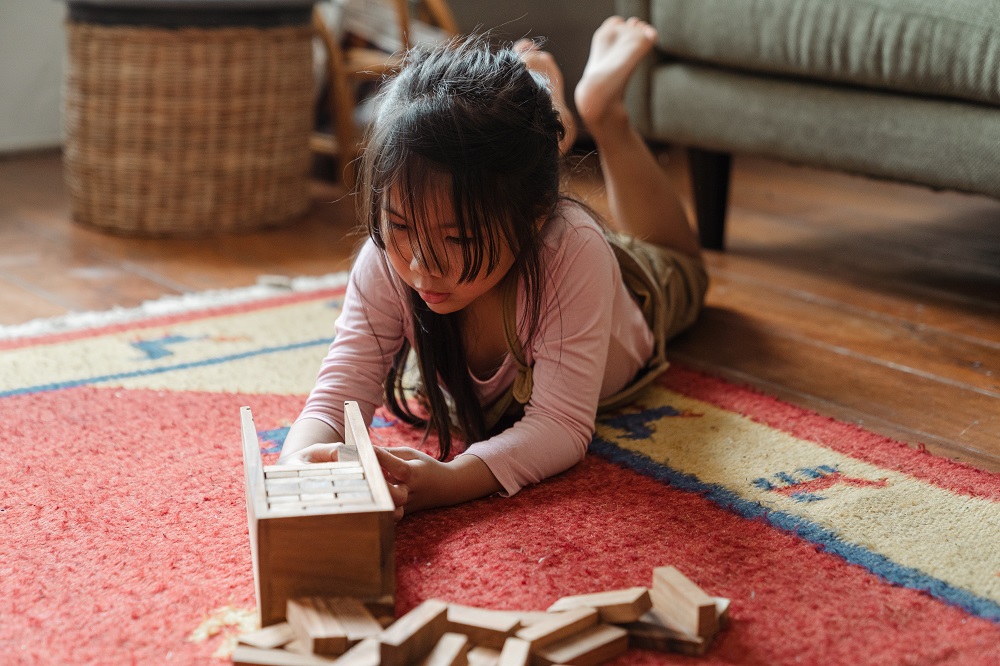Learning math plays an integral role in the daily life of a child. Math promotes working memory, increases basic cognitive skills, and improves attention.
Math tutors make the subject interesting to learners by incorporating different fun activities. Moreover, parents should proactively encourage their kids to take mathsonline courses tailored to their needs in early childhood to instill a love for math. Parents can nurture their child’s curiosity, build their confidence, and enhance their problem-solving skills by offering engaging and interactive math courses. Early exposure to math in a fun and supportive online environment can foster a lifelong appreciation for the subject, laying the groundwork for academic success and a fulfilling relationship with mathematics.
In this article, we’ll discuss a few fun activities to spark your child’s curiosity for math.
Numeric Concept Activities
Parents can use number concept activities like sorting and counting to teach early numeracy and basic math concepts. These activities are fun and engaging for children. As a result, kids can better grasp math concepts they’ll use every day. Here are fun number concept activities to try out with your child.
1. Counting Games
An easy activity that requires very little setup is to have your child count objects around the house. For example, ask them to count things like books on a shelf, kitchen spoons, or fruit pieces in the refrigerator. This activity will help them develop their counting skills and recognize numerical values.
Counting produce at the grocery store is a great way for children to practice and develop their math skills. They learn to recognize the numerical values of the product and explore sorting and categorizing different types of fruits and vegetables. You can adjust this activity to any age group, so it’s perfect for young children.
2. Card Matching
Use playing cards or objects with numerical values to make a number-matching game. Place the cards face down and have your child turn over two cards and see if they match. If the numbers are the same, they can keep the pair and continue their turn until they’ve made all matches.
3. Sorting Activities
Sorting activities help kids to identify and recognize patterns in numbers. Have your child sort different items into groups, such as colors or shapes. It will help them understand how to classify things and make it easier to remember mathematical concepts.
Activities for Geometry and Spatial Understanding
Activities for geometry and spatial understanding are vital for kids at an early age as they develop spatial reasoning skills, which are critical for math and science. Therefore, parents should encourage these activities to foster cognitive development and mathematical aptitude.
1. Drawing and Identifying Shapes
Drawing shapes like circles, squares, and triangles on paper or using manipulatives helps children understand geometry. Physical activities like sorting blocks by size or cutting out shapes from construction paper also encourage mathematical learning.
Encouraging children to identify shapes at home develops their understanding of geometry. For example, ask them to look around the living room and identify circles, squares, triangles, and rectangles. Point out how a clock can teach about circles or how the coffee table might be a rectangle or a square.
2. Puzzle Games
Puzzles teach linear and spatial thinking. Putting together a jigsaw puzzle or assembling a 3-D structure such as a cube can teach children mathematical concepts. Playing online math-oriented card games like Go Fish, Concentration, or War provides kids with an enjoyable learning experience. These games teach children number recognition and counting skills.
3. Picture Placement
Incorporating pictures into math books encourages learning in young children. Visuals help young learners better understand mathematical concepts, while colorful images keep their interest and attention. The placement of the pictures is important, as it should aid in developing the reader’s understanding. For example, if a child is being taught addition, the images should be placed in a way that visually represents the problem.
Children can also practice counting with pictures and use them as visual aids to explain math concepts. Picture books encourage creative thinking and problem-solving skills by challenging young learners to look for patterns and connect the images. These activities create a fun and engaging learning environment.
Measurement Activities
Measuring activities such as weighing objects on a scale or measuring ingredients for baking are fun ways to explore mathematics in everyday life. They teach concepts like length, width, and weight in a fun way. The measurement game consists of challenges requiring the child to measure objects using non-standard units like paper clips, Lego pieces, or crayons.
1. Guess the Weight
Gather household items such as books, toys, or kitchen products. Let the kids handle and explore each item before guessing their weight.
The Bottom Line
In conclusion, parents play a crucial role in encouraging math learning in young children through fun activities. By incorporating engaging math-based activities into their daily routine, parents can foster a positive attitude towards math, build foundational skills, and set their children up for future academic success.

